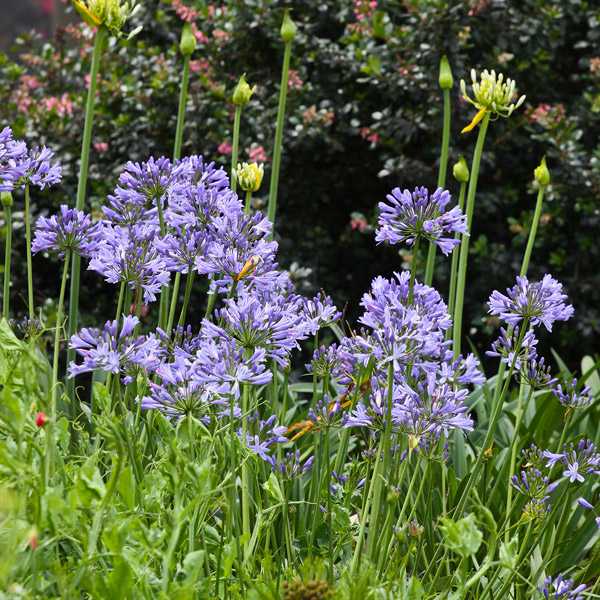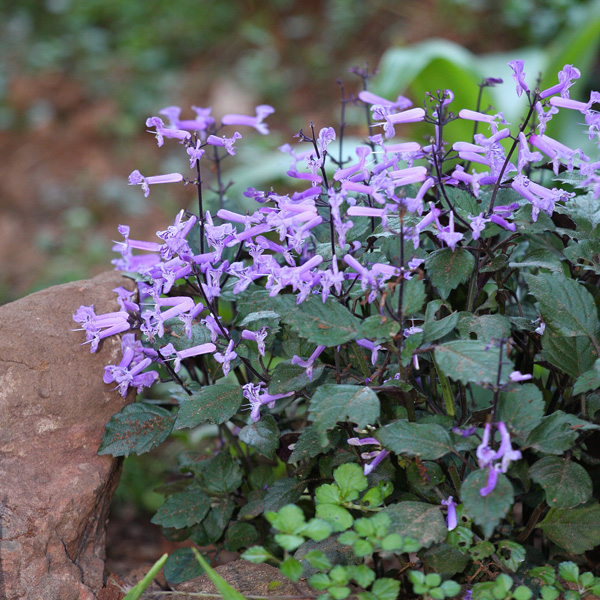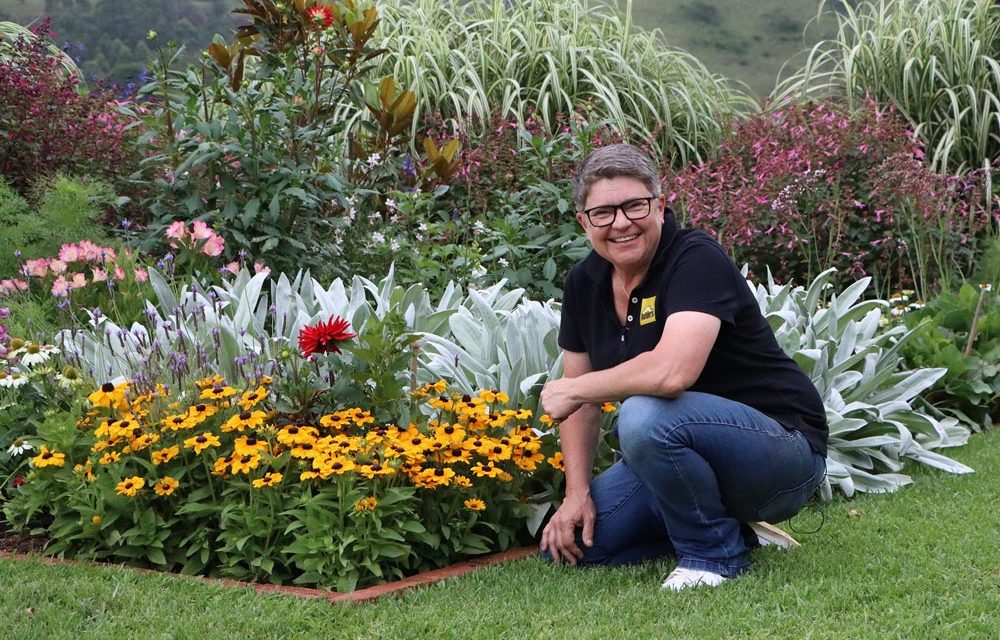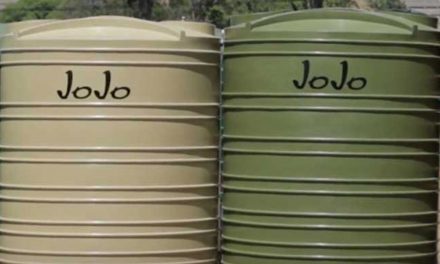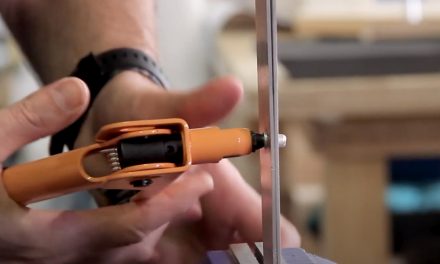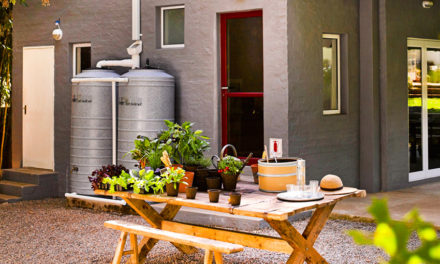One of the most essential ingredients to human lives and our gardens is water. With the ever-increasing water consumption, we gardeners must do our bit to conserve it.
Here are some clever ways to be a conscious gardener and do your bit to reduce water use
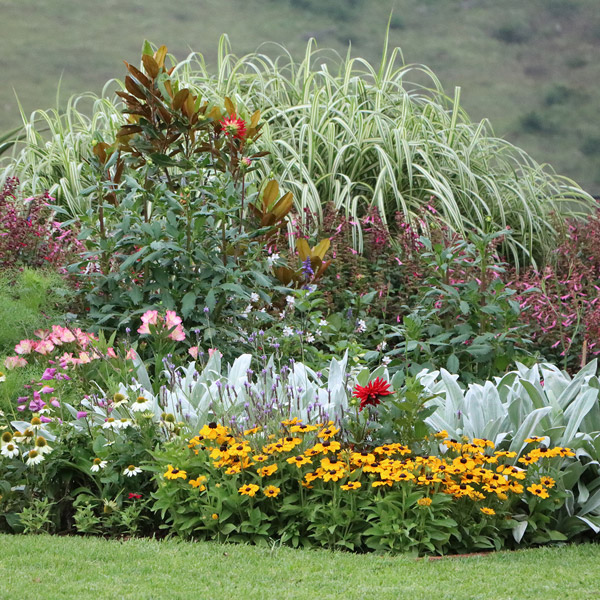
Zoning plants
This is not a new term in gardening. Zoning plants means to group plants according to their water needs. When we plant three or five of the same plant, or group together similar plants in large quantities, you minimise water use, watering only when the plants need it. This saves you time and meets the needs of the plants.
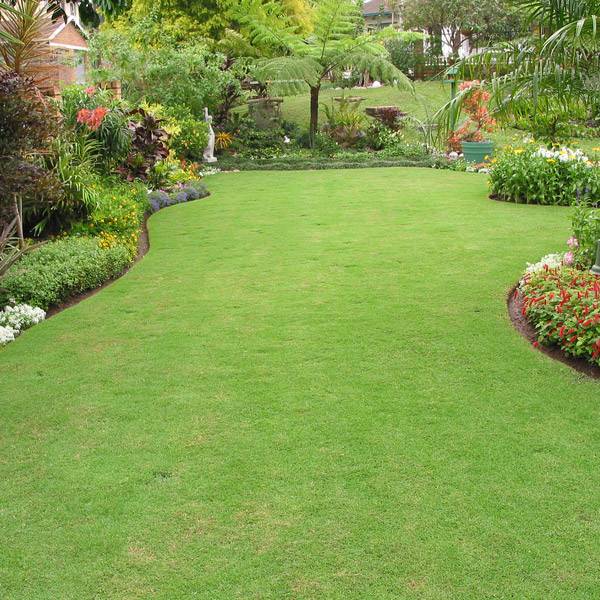
Lawns
We South Africans love our lawns, but if they don’t serve a specific purpose, why have them? Hard-to-reach areas, spots under shaded trees where lawn can be difficult to grow, or unused areas that are hard to mow should all be repurposed. Having lawn in these areas is a waste of time, energy and most importantly, water. These areas can be mulched, gravelled or paved. Also, always opt for an indigenous lawn grass. These lawn types have lower water requirements and can tolerate heat. Keep your mowing height slightly higher – this reduces lawn stress on hot days and helps with weed control, as there is not sufficient light for weed seeds to germinate. Always clean your lawnmower thoroughly after use. This will prevent weed seeds getting onto the lawn during your next mow.
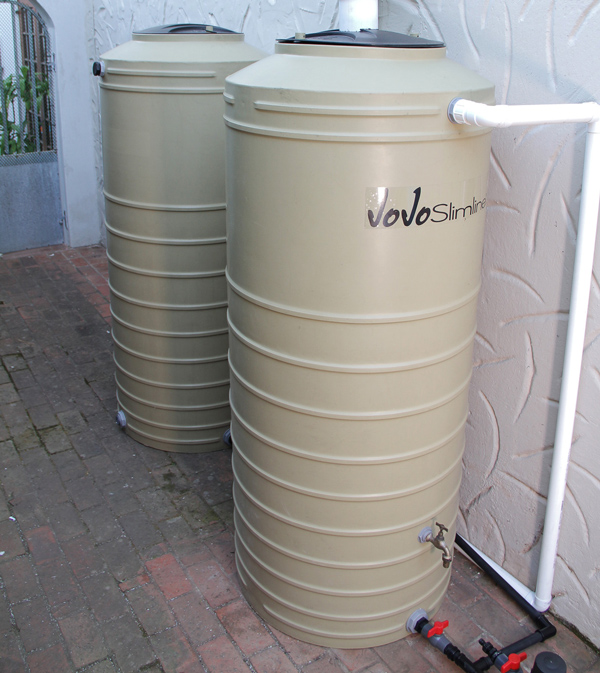
Water Harvesting
The most practical way of saving water is catching the water from the sky! Your home should not be without a rainwater tank. By harvesting the water that comes off your roof, you will have water readily available for the garden when the rainfall season in your area ends. Keep gutters clean and well-maintained to maximise catching water runoff from large roof areas.
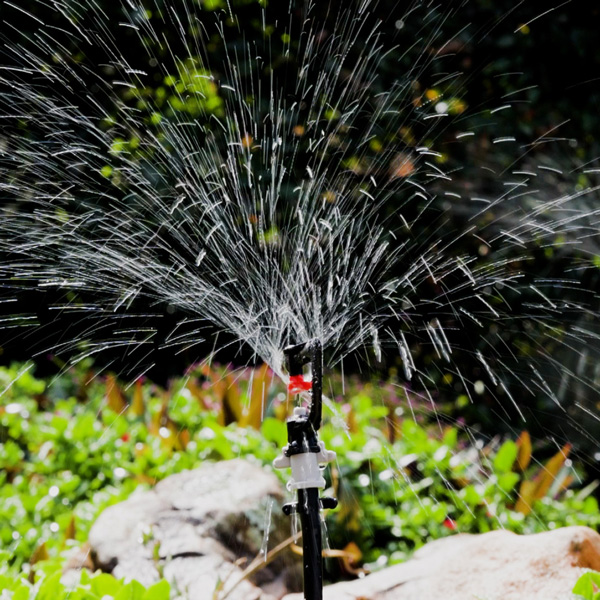
Irrigation
Many people fear that an irrigation system will increase their water usage. On the contrary, irrigation systems water close to the ground near the plants’ roots, avoiding unnecessary evaporation. They can also be set at different intervals to accommodate plant zones. There are various types of irrigation systems such as subsurface pop-ups with invisible risers. These work on water pressure. Then there are drip irrigations and visible surface irrigation with adjustable nozzles. This eliminates water waste and focuses on specific plants.
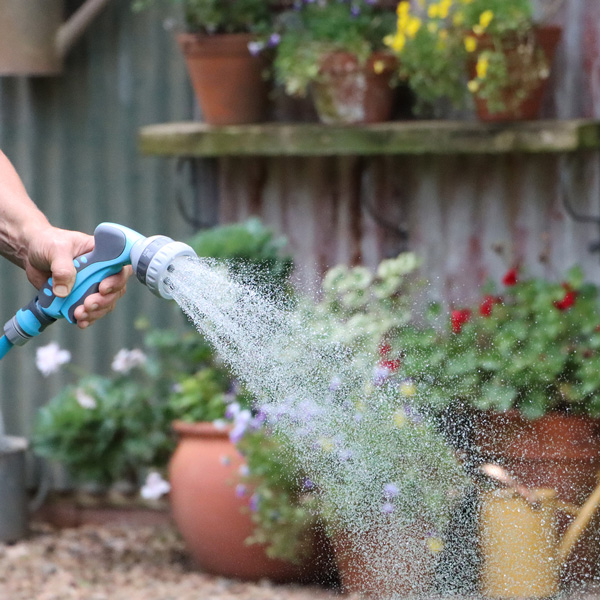
When to water
Never water in the heat of the day. The water will evaporate before it has time to soak into the soil. Preferred times to water are early morning, before 09:00 and late afternoon as the sun sets. These times are ideal for the spring and summer months. Be mindful that, in winter, if you are in a frost area, plants should be watered early in the morning so that the leaves have time to dry, otherwise frost damage may occur.
Mulching
Mulching should be at the top of our lists. Mulches come in different forms, organic and inorganic. Organic mulches are lawn clippings, leaves, bark and compost. Most of these can be free if we nurture our compost heaps or apply the blown leaves and lawn clippings straight to our garden beds. Never apply lawn clippings thicker than 2 cm and avoid placing any organic mulch so that it touches the stems of plants. As these mulches conserve water and minimise water evaporation, if it does touch the stems it could cause rot and fungal diseases. Always keep an area of around 2 cm clear around your plants. Mulches are also excellent at suppressing weed growth and will keep your plants’ roots cool during the day. When applying inorganic mulch such as gravel, pebbles or paving, always consider laying down landscaping fabric first, to minimise weed growth. These types of mulches are great for entertainment and high-traffic areas.
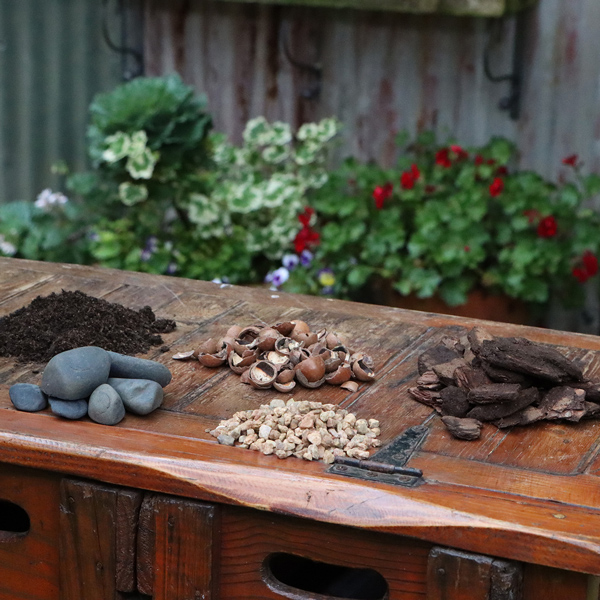
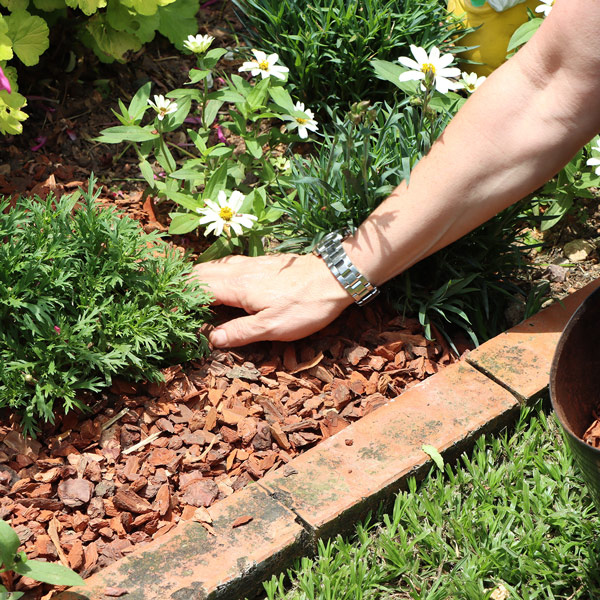
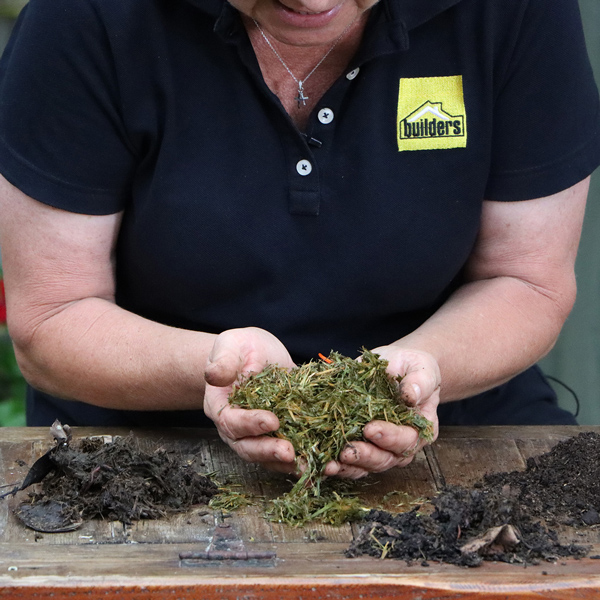
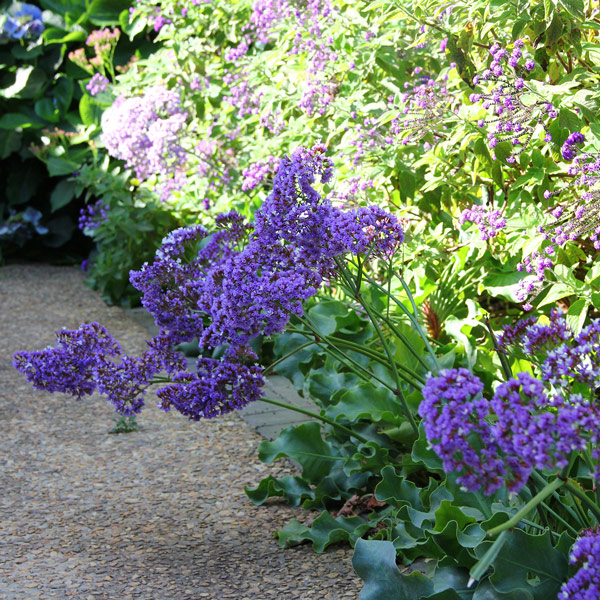
Great plants with low water requirements
Commonly known as statice, Limonium perezii is a water-wise plant and is great for low-maintenance gardens.
Coprosma repens, the old-fashioned marble bush. This plant has had a makeover and arrives in various shade that complement its leaves. It’s also great for shaping and can go for many days without watering
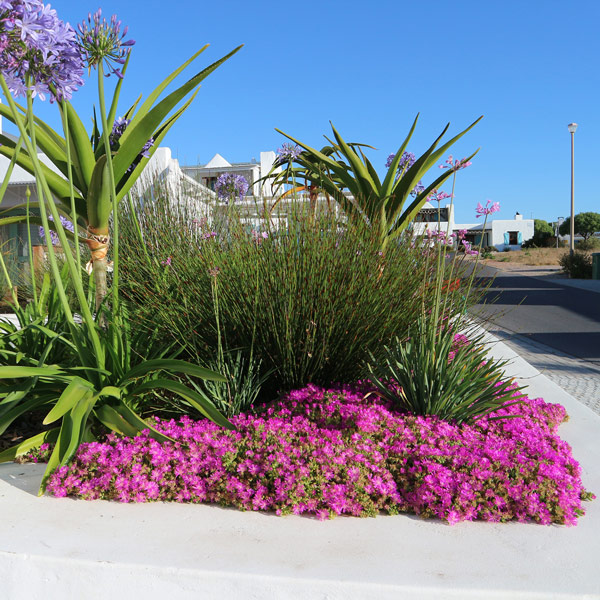
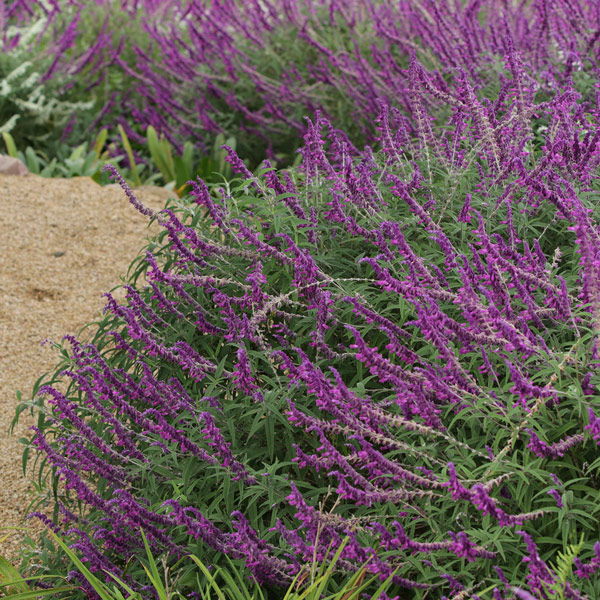
Gardening is not just about making pretty gardens, but also being aware of our environment and the impact we have on our water table. Be garden-wise and become water-wise.
